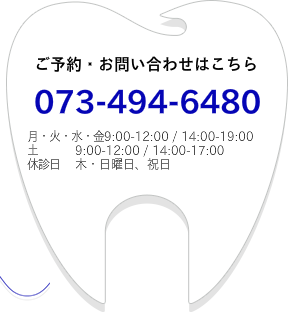Daycare Napping Agreement
2021年11月29日
As a parent, you understand how important nap time is for your child’s development and overall well-being. Whether your child attends daycare full-time or part-time, it’s crucial to establish a comprehensive daycare napping agreement with your child’s caregiver. In this article, we’ll explore why a daycare napping agreement is important, what should be included in the agreement, and how to ensure that your child’s naps are consistent and safe.
Why is a Daycare Napping Agreement Important?
Consistent nap schedules are essential for children’s overall health and development. According to the American Academy of Pediatrics (AAP), infants aged 4-12 months require 12-16 hours of sleep daily, including naps, and toddlers aged 1-2 years need about 11-14 hours of sleep, including naps. Without enough sleep, children may experience crankiness, irritability, and trouble concentrating, which can negatively affect their behavior and learning ability.
A daycare napping agreement is essential to ensure that your child’s napping needs are met while they’re at daycare. It helps establish clear expectations between you, your child’s caregiver, and your child, ensuring that everyone knows what to expect. It also helps your child’s caregiver provide consistent care for your child, which promotes a sense of stability and routine.
What Should Be Included in a Daycare Napping Agreement?
When creating a daycare napping agreement, there are a few things you should consider including to ensure that your child’s naps are consistent and safe. Here are some important elements to include in the agreement:
1. Scheduled Naptimes: Establish a consistent nap schedule for your child at daycare. Ensure that your child’s naptimes align with their natural sleep patterns and are in line with AAP’s recommended sleep hours.
2. Naptime Routine: Include information on your child’s naptime routine, including any special instructions, such as a favorite blanket or pacifier. The routine should be consistent with the one you use at home to ensure familiarity and comfort for your child.
3. Sleeping Environment: The agreement should also outline the sleeping environment, such as whether your child will sleep in a crib or a mat on the floor. Ensure that the sleeping area is free from any hazards, such as loose bedding or cords.
4. Wake-Up Procedures: Define how your child’s caregiver should handle wake-up procedures. For instance, should they let your child wake up naturally or gently wake them up after a certain amount of time?
5. Communication: Include information on how your child’s caregiver will communicate with you about your child’s nap time, such as nap duration, frequency, and any issues.
How to Ensure Consistent and Safe Napping at Daycare
A daycare napping agreement is just the first step in ensuring consistent and safe napping for your child. Here are some additional steps you can take:
1. Establish a Good Relationship with Your Child’s Caregiver: Building a good relationship with your child’s caregiver ensures that they understand your child’s needs, which helps them provide consistent care.
2. Ensure the Sleeping Environment is Safe: Regularly check the sleeping area for potential hazards, such as loose bedding, cords, or toys that can pose a choking hazard.
3. Be Consistent with Napping at Home: Ensure that your child’s napping routine at daycare aligns with the one they follow at home to promote familiarity and comfort.
4. Communicate with Your Child’s Caregiver: Maintain open communication with your child’s caregiver about any changes in your child’s nap routine or any concerns you may have.
In Conclusion
A daycare napping agreement is crucial in ensuring that your child’s napping needs are met while they’re at daycare. By establishing a consistent nap schedule, routine, and sleeping environment, you can promote your child’s overall health and well-being. Remember to maintain open communication with your child’s caregiver and ensure that the sleeping environment is safe to help your child feel comfortable and secure during nap time.





